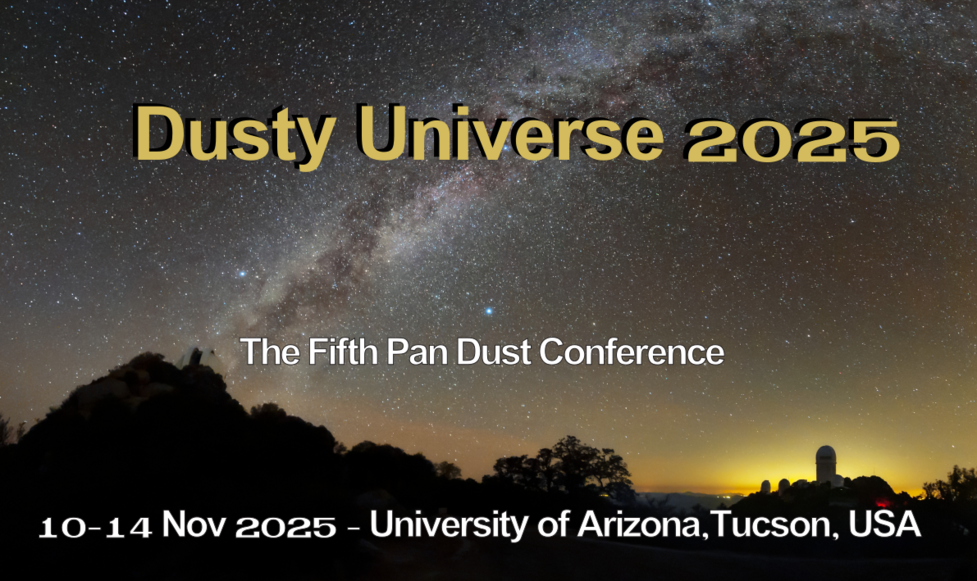The dust now present in the interstellar medium has been shaped by many processes. A variety of stellar sources inject "stardust" particles into the interstellar medium. Once present in the interstellar medium, the "stardust" grains are subject to erosion by sputtering in hot gas, grain-grain collisions in the general interstellar medium, accretion of gas atoms and chemical alteration by ultraviolet photolysis and cosmic ray irradiation. The grain survival time in the ISM is estimated to be relatively short, so that most stardust material is destroyed. In the Milky Way, conditions are favorable for growth of solid material following accretion of gas atoms, with the "refractory elements" like Mg, Si and Fe predominantly incorporated into solid material, resulting in a dust/"metals" ratio ~1/3. Most of the solid material in the ISM of the Milky Way must have grown from the gas phase in the ISM.
However, in a low metallicity galaxy, the timescales for depletion (formation of solid material) may become longer than the time scales for grain destruction, resulting is lower dust/metal ratios. The "stardust" fraction will be higher than in the Milky Way. The dust composition in low-metallicity galaxies is expected to differ from the dust in the Milky Way.

|
|
|
|
The Life Cycle of Interstellar Dust
1 : Dept. of Astrophysical Sciences, Princeton University, Princeton, NJ 08544-1001, USA
|
 PDF version
PDF version
